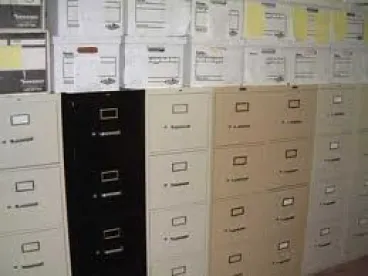Processing times at the various U.S. Citizenship and Immigration Services (USCIS) service centers remain quite backlogged despite the agency’s continued efforts to improve its administration of immigration benefits. Every year USCIS adjudicates approximately 6 million petitions and applications for immigration benefits, such as naturalization applications, adjustment-of-status applications, change-of-status applications, and employment authorization petitions and applications. Historically, in an effort to provide a better quality of service, USCIS established goals for various types of cases. Using a goal-driven plan, USCIS posted processing times in two different formats. For cases that were within USCIS’s established production goal, the processing times were listed in weeks or months. For cases that were outside USCIS’s production goals, the processing times were listed as specific dates.
On January 5, 2017, USCIS announced that it would no longer use this formatting system. USCIS began posting processing times using a specific date formation rather than the previous formatting system. Many individuals rely on the adjudication of nonimmigrant and immigrant petitions and applications to remain in valid legal status and authorized to work. These processing times allow those individuals to set expectations concerning the timing of their anticipated immigration benefits. According to USCIS, “[T]his is the first step in providing processing times that are timelier and easier to understand.” This format is much like the immigrant visa bulletin in which a date is published each month, and cases with priority dates that are earlier in time than the dates published in the bulletin can be processed. The new format will help individuals, employers, and attorneys determine if their applications and petitions are being processed.
Historically, processing times are updated on or around the 15th day of each month to reflect the processing times as of the previous month. On February 28, 2017, USCIS published its current processing times.
With the exception of the Nebraska Service Center, H-1B processing times are well beyond the average processing times for the past four years, with the highest average processing times for FY2016 being 187 days for H-1B extension-of-stay petitions, and 131 days for changes of status and visas to be issued abroad. The complete list of current processing times, including those for immigrant and nonimmigrant petitions and applications, can be accessed on the USCIS website.
The “240-Day Rule” authorized by the U.S. Department of Homeland Security, permits a nonimmigrant worker to continue to work with the same employer for up to 240 days beyond the date of expiration of the I-94, as long as the extension was timely filed, i.e., before the expiration date. As some processing times are beyond this 240-day authorized stay, employers may be required to use the Premium Processing Service. Premium processing provides expedited processing for certain employment based petitions and applications, and guarantees that USCIS will take action within 15 calendar days.
While premium processing is available for certain employment-based immigrant and nonimmigrant petitions and applications, not all designated employment-based petitions and applications are eligible. USCIS recently announced that it was temporarily halting premium processing for H-1B petitions. A complete list of the types of nonimmigrant and immigrant petitions and cases that are eligible for premium processing can be accessed on the USCIS website.




 />i
/>i

